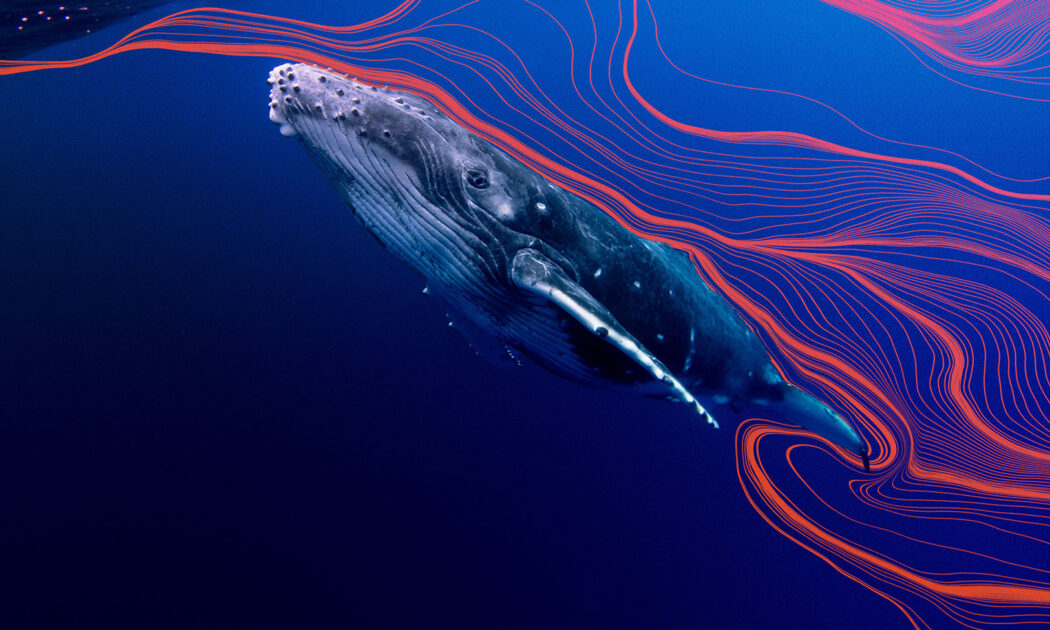Merging Science and Art With the Songs of Humpback Whales
For some of us, when we think of the sounds of whales, we probably think of that one scene from Finding Nemo—you know the one. But there is more to the wide range of octaves that a humpback whale sings into the open ocean than Dory’s best impression. Sara Niksic, Croatian marine biologist, bioacoustician and educator, has studied the songs of the humpback and instead of sharing her findings through a research paper with all that fancy scientific language, she turned them into music to share them with the world in a way that isn’t boring. Releasing two albums, Canticum Megapterae and Canticum Megapterae II, she combined whalesong with electronic music to show the advanced communicative culture of the species. This is starting to sound something like a remix.
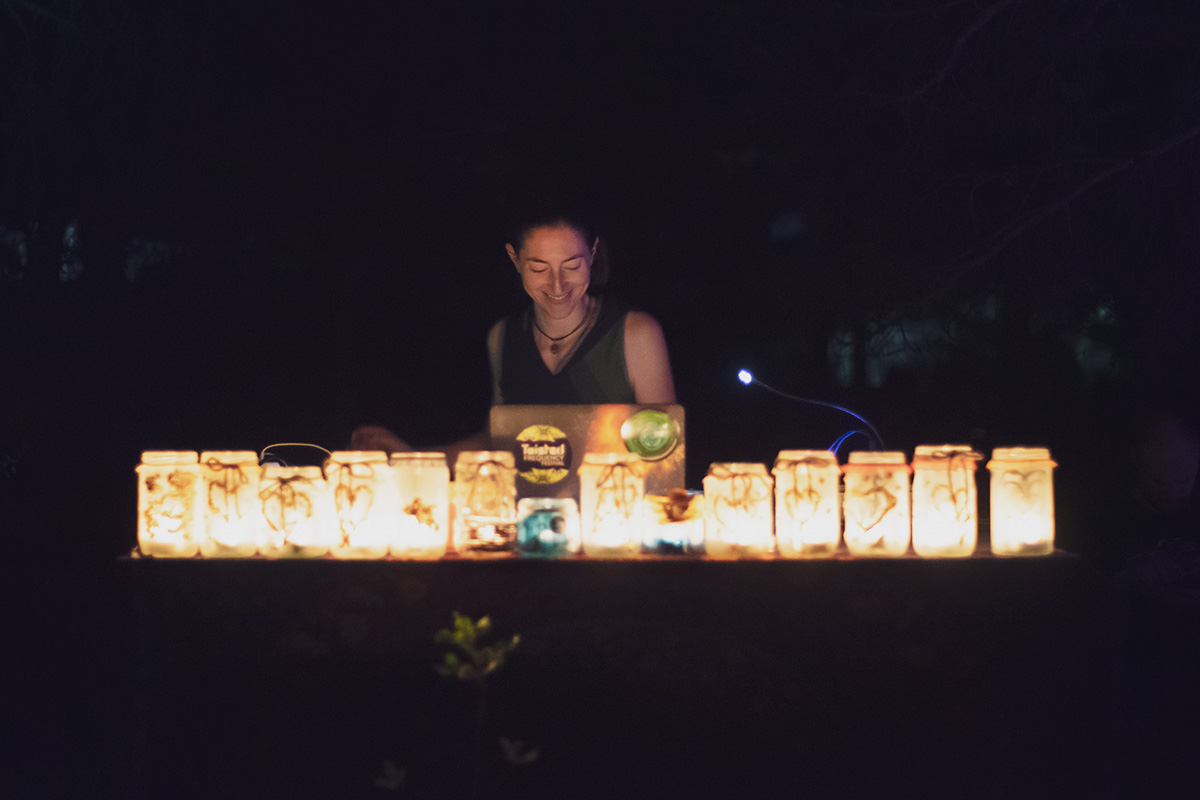
WHALEBONE: What led you to combine the science of whale songs with the art of music? What do you want people to take away from listening to your music?
SARA NIKSIC: One part of me was a scientist and another part of me was an artist. In the world of science I was this crazy, hippie musician and in the world of artists I was a crazy scientist. But I wanted to somehow combine these two worlds because I didn’t want to have to choose only one. I went really deep into both worlds, with years of studying, so I felt like I was the right person to try to bring them together. And I love the idea of interdisciplinary projects. I find things way more fun and interesting if you don’t put boundaries on thinking about one thing.
And also simply because of studying whales. I was so fascinated by them and there is so much awesome research happening in the world, but not many people know about this. Because most scientists are good at being scientists, but pretty bad at putting the research in normal language. Even I have trouble understanding the academic language. I mean, it’s boring. And who reads these papers? Nobody. So I thought, there’s so much cool stuff happening, it would be a shame if the world doesn’t see. Especially something like whales and their songs. And because I was working with sounds both as a bioacoustician and a musician, I thought, okay, well, sound is the obvious way to combine these things.
If you bombard people with facts it gets boring, but if you give them something that touches them on an emotional level or just sparks their curiosity, then they want to learn more.
WB: Explain to us the communicative culture of humpback whales.
SN: Looking into the different types of vocalizations both male and female humpback whales make, there is a range of different sounds, but only males arrange these sounds in songs. These songs have a hierarchical structure, which means they are made of different layers or parts—the smallest part, which occurs to our ears as one continuous sound, is called a unit. These units are organized into a pattern that makes a phrase. Several phrases when repeated make a theme and then several different themes make up a song. These songs are very complex and they are long—they can last up to 20 to 30 minutes and whales will often repeat these songs in song cycles that can last for hours, even days.
We are still not sure about the exact mechanisms of how they learn these complex songs, but we know they do this through a process called horizontal cultural transmission. Vertical would mean from parents to offspring, whereas horizontal would be from other whales around them in their population.
But now we get to the really interesting stuff.
So every population of whales has its own song. Some populations that are closer to each other have some overlapping similarities but populations that are across the globe from each other have completely different-sounding songs. One of the most interesting things that I’ve spent the most time studying is the evolution of these songs, because they change over time. Whales will add variations—the number of repetitions, new phrases and themes, rearranging the order. But in some populations, we have this phenomenon called cultural revolution where one population of whales completely ditches its song and takes over the song of another population. And we still don’t know why they do this.
They first discovered this when they found a song that was heard in western Australia, then the next year whales in eastern Australia were singing it. And this change was fast. Within a couple of years they learned a completely new song. And in a couple of years, they will spread this song through the ocean. Cultural change at this size is crazy. We’re talking about a huge geographical range and so fast, this change is unparalleled in the animal kingdom, except in humans.
WB: What did you feel the first time you heard a humpback whale’s song?
SN: I don’t even remember the first time, honestly, but I can tell you about the first time I actually listened to and analyzed whalesong in my research. I was doing my master’s thesis at Sea Mammal Research Unit at the University of Saint Andrews in Scotland. I listened to a recording of a humpback whale song from my supervisor, Dr. Luke Rendell, and I just couldn’t believe it—there were so many different sounds and patterns in the song. I was amazed by the structure. I was blown away by its complexity and the range of sounds. Different species of whales have vocalizations in sonic ranges that we don’t even hear—infrasound and ultrasound—, but humpback whales use approximately the same as our hearing range, so you can hear from really low to really high and one animal can produce all those crazy sounds. I was fascinated.
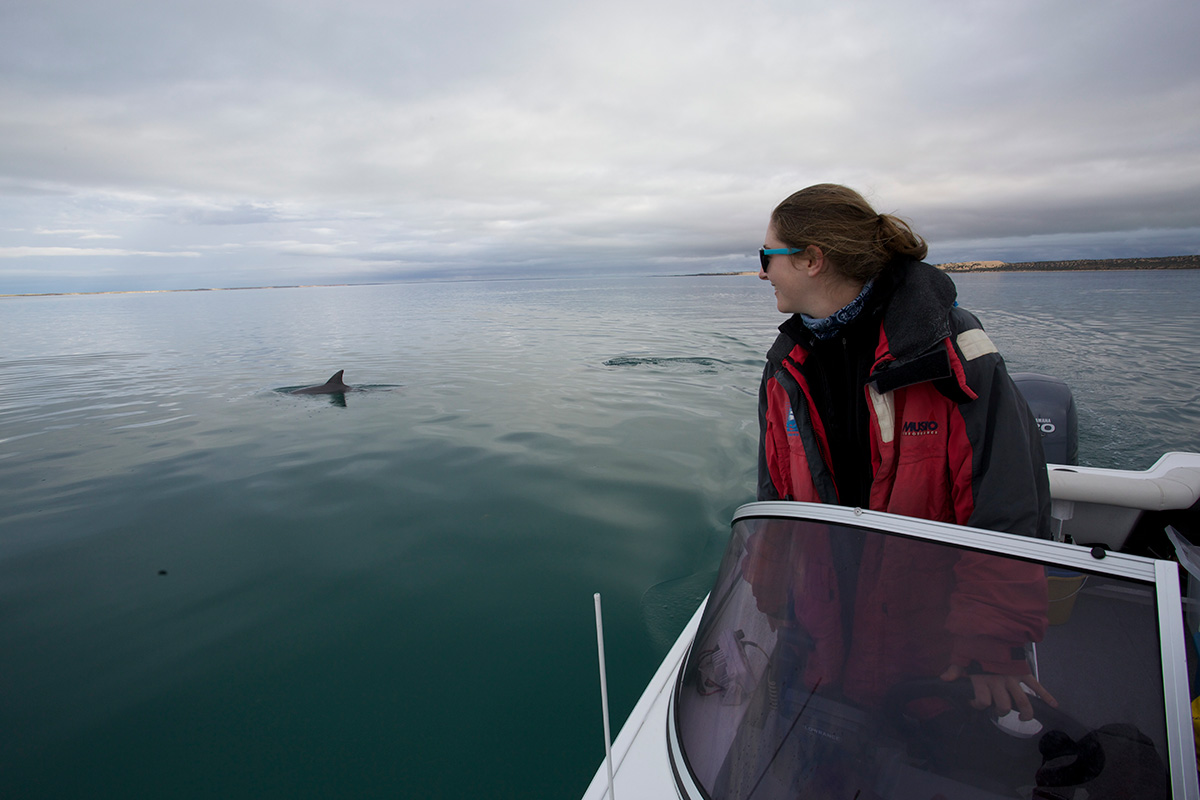
WB: How do you think humans can apply this information to ourselves and human culture? What are the parallels?
SN: There are many similarities. If you broaden the definition of culture to a socially transmitted behavior that passes from one individual to another or within a whole group, then we can definitely see culture in animals. And culture is often crucial for the survival of animals. That’s how they learn about everything—how to hunt, find water, communicate with each other, even pass traditions. It is something that is really important for their conservation, but not many people are aware of this.
Whales, dolphins and marine mammals in general are very advanced in their cultures, but I think humpback whale songs are the most amazing example. Like these evolutions of their songs, we have the evolution of music. All the different musical genres and styles we have now didn’t always exist. From tribal to classical to rock to punk and electronic. Whale songs start simple and then become more and more complex.
This is what I aimed to communicate through Canticum Megapterae II. The first album was more to communicate what we know about humpback whale songs, but the second was diving deeper into my research about the evolution.
On Canticum Megapterae, there are eight different artists who each made one track, and the concept is that the album represents the structure of the whale song. So each artist’s track is one theme. Then Canticum Megaptarae II has remixes of my track from the first album. So the whole idea was to harness how these songs evolve. And remixes in human music are actually a really good way to explain this. The artists’ remixes show the evolution of my song and you can hear all these tracks evolving from my original song.
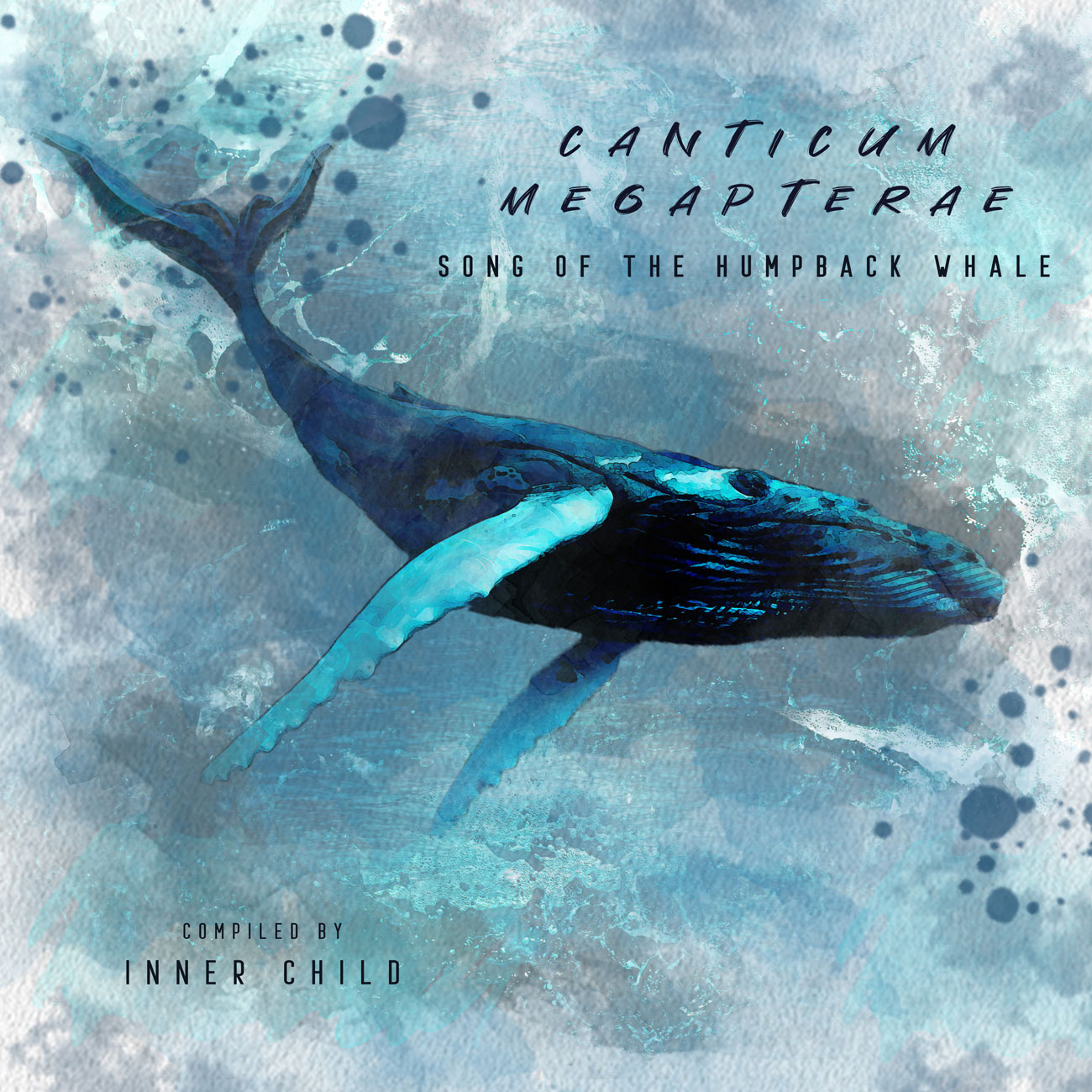
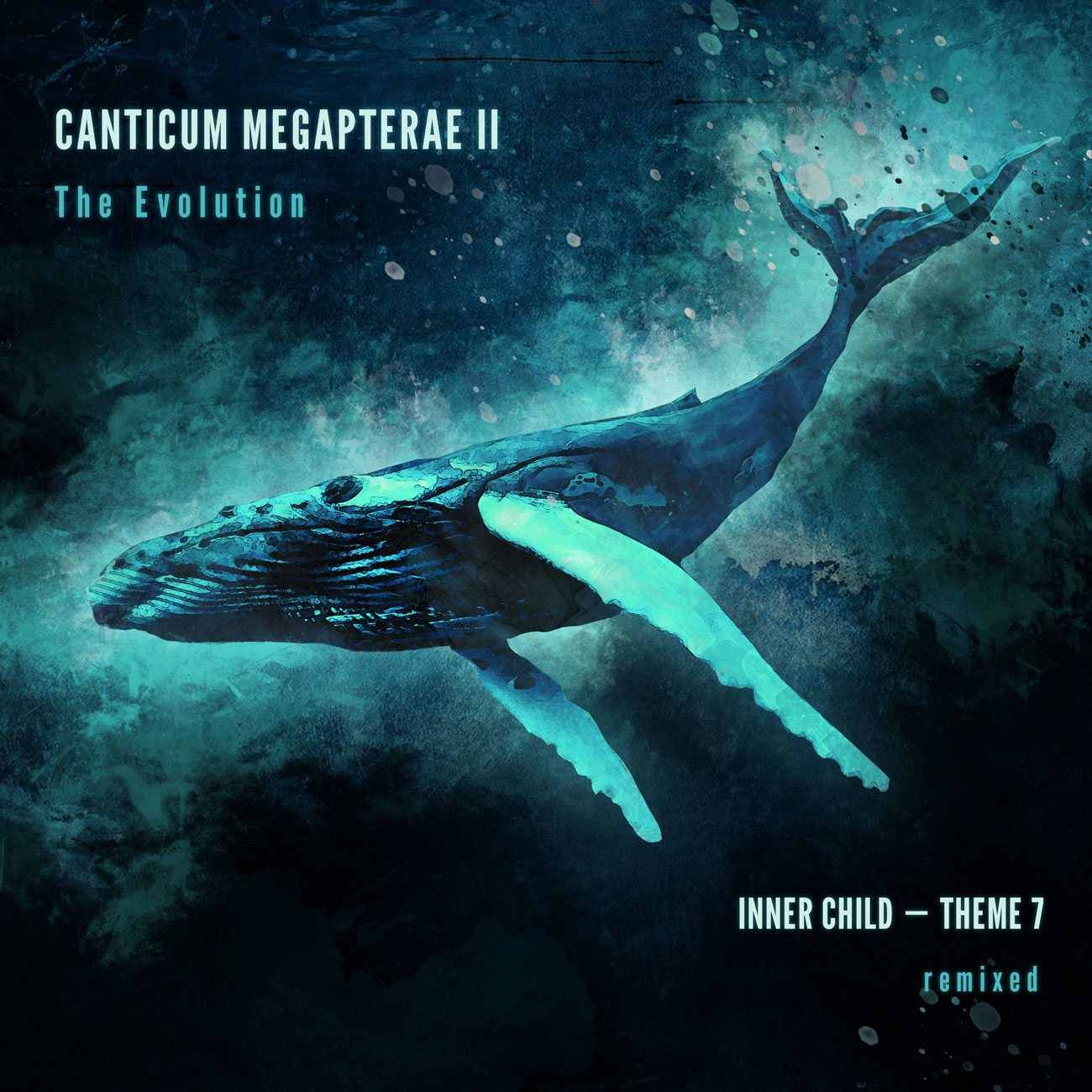
WB: Where can we find your music?
SN: Bandcamp, SoundCloud and YouTube.

